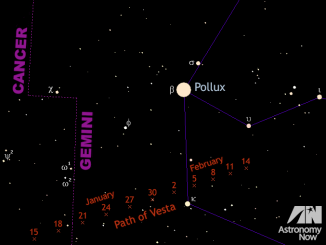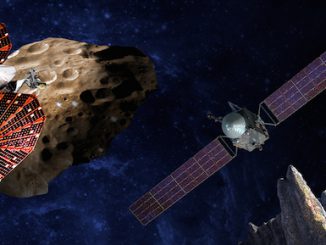
Future of asteroid deflection mission to be decided soon
Decisions on the future of a joint robotic mission between NASA and the European Space Agency to demonstrate the ability to deflect an asteroid on a collision course with Earth have been put off until later this year after European governments declined to fully fund their part of the project in December.









